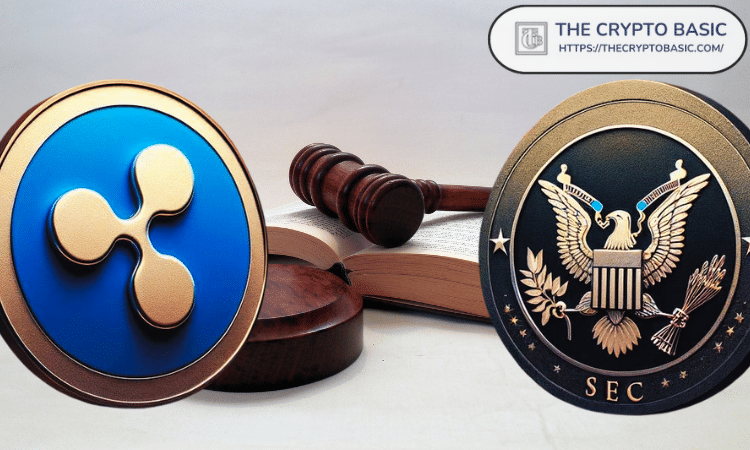- Binance’s venture arm has invested up to $10 million into Helio Protocol, bolstering its liquid staking platform initiative.
- The capital infusion comes as LSDfi goes mainstream in DeFi, with Binance Labs empowering the protocol’s expansion.
- Helio plans to launch on Ethereum, Arbitrum, and Zksync, among other renowned Layer-2 networks.
Binance exchange is committed to driving off illiquidity, complexity and centralization, throwing capital into the third-largest decentralized finance (DeFi) protocol on the BNB ecosystem, Helio, going towards helping the protocol’s drive to become a liquid staking protocol.
Also Read: Bittrex to pay a stark $24 million fine amid SEC’s ongoing enforcement push against the crypto industry.
Binance drives liquid staking for DeFi growth
Binance Labs, the venture arm of Binance exchange, has infused up to $10 million in capital into Helio, driving the protocol’s ongoing push to become a liquid staking platform. Helio is a USD destablecoin with BNB backing, with all its HAY tokens being overcollateralized, which means the value of the collateral is higher than the value of the HAY debt.
With Binance supporting Helio’s goal to become a liquid staking platform, the protocol will expand into chains other than the BNB proof-of-stake (PoS) network. In an email to Decrypt, Binance Labs’ representative disclosed Helio’s interest in Ethereum, Arbitrum, and Zksync, among other renowned Layer-2 (L2) networks.
Liquid staking entails staking one token variety referred to as LSTs (liquid staking tokens) to a network and receiving a different token that represents that staked position in return. The LSTs are reusable in DeFi, thus LSDfi.
A foray into the liquid staking space means a resolve to sidestep risks that come with illiquidity, complexity, and centralization. It is a move to escape the constraints of self-staking and exchange staking, with users being able to stake any amount of Ether (ETH) while reserving the choice to unstake without altering the transaction. This is achieved by issuing a tokenized version of the staked funds, which is transferable, storable, and can be transacted like a regular token.
Binance leverages LSDfi potential for liquid staking acceleration
Protocols within the Liquid Staking in DeFi (LSDfi) realm have brought an expanse of opportunities for yield-seeking liquid staking token holders, with the additional use cases for the LSTs presented as a means for liquid staking acceleration. This is because participants or stakers are incentivized for increased capital efficiency. A paragraph from Binance’s announcement states:
The funds raised will be allocated to diversify collateral across liquid staking providers and future multi-chain growth to ensure that Helio and Synclub deliver a robust, secure, and diversified platform for the LSDfi community.
The capital infusion adds to Binance Labs’ continued support for innovative projects poised to shape the next era of DeFi.
Cryptocurrency metrics FAQs
The developer or creator of each cryptocurrency decides on the total number of tokens that can be minted or issued. Only a certain number of these assets can be minted by mining, staking or other mechanisms. This is defined by the algorithm of the underlying blockchain technology. Since its inception, a total of 19,445,656 BTCs have been mined, which is the circulating supply of Bitcoin. On the other hand, circulating supply can also be decreased via actions such as burning tokens, or mistakenly sending assets to addresses of other incompatible blockchains.
Market capitalization is the result of multiplying the circulating supply of a certain asset by the asset’s current market value. For Bitcoin, the market capitalization at the beginning of August 2023 is above $570 billion, which is the result of the more than 19 million BTC in circulation multiplied by the Bitcoin price around $29,600.
Trading volume refers to the total number of tokens for a specific asset that has been transacted or exchanged between buyers and sellers within set trading hours, for example, 24 hours. It is used to gauge market sentiment, this metric combines all volumes on centralized exchanges and decentralized exchanges. Increasing trading volume often denotes the demand for a certain asset as more people are buying and selling the cryptocurrency.
Funding rates are a concept designed to encourage traders to take positions and ensure perpetual contract prices match spot markets. It defines a mechanism by exchanges to ensure that future prices and index prices periodic payments regularly converge. When the funding rate is positive, the price of the perpetual contract is higher than the mark price. This means traders who are bullish and have opened long positions pay traders who are in short positions. On the other hand, a negative funding rate means perpetual prices are below the mark price, and hence traders with short positions pay traders who have opened long positions.
#Binance #Labs #fights #illiquidity #risks #infuses #million #Helio #Protocols #liquid #staking #goals


